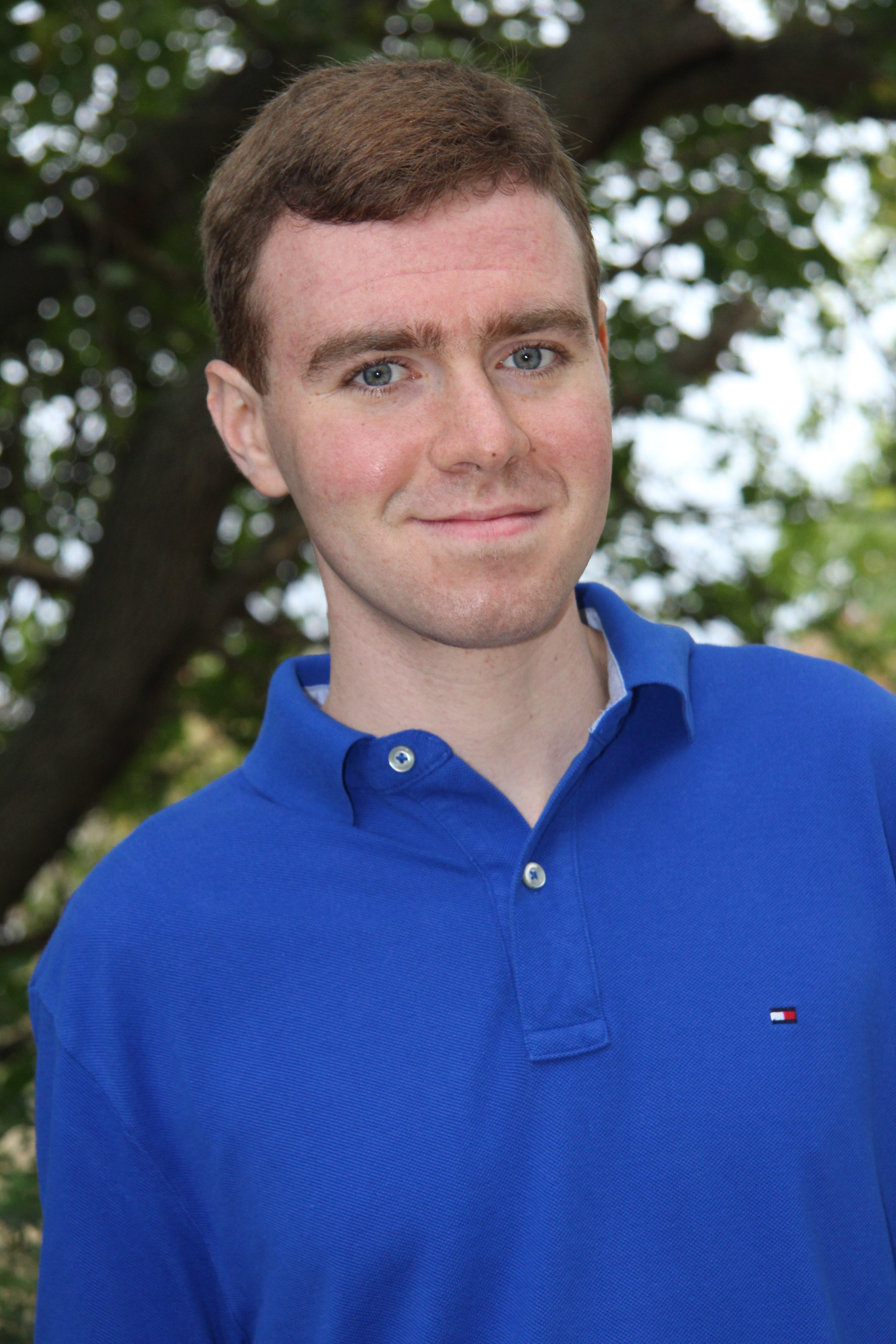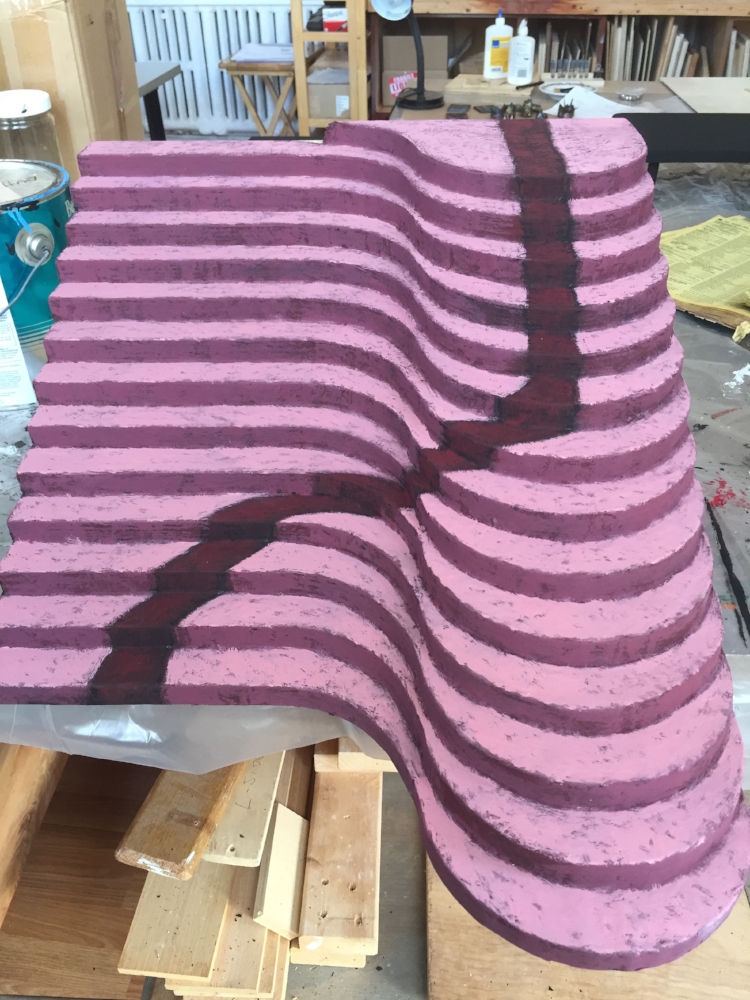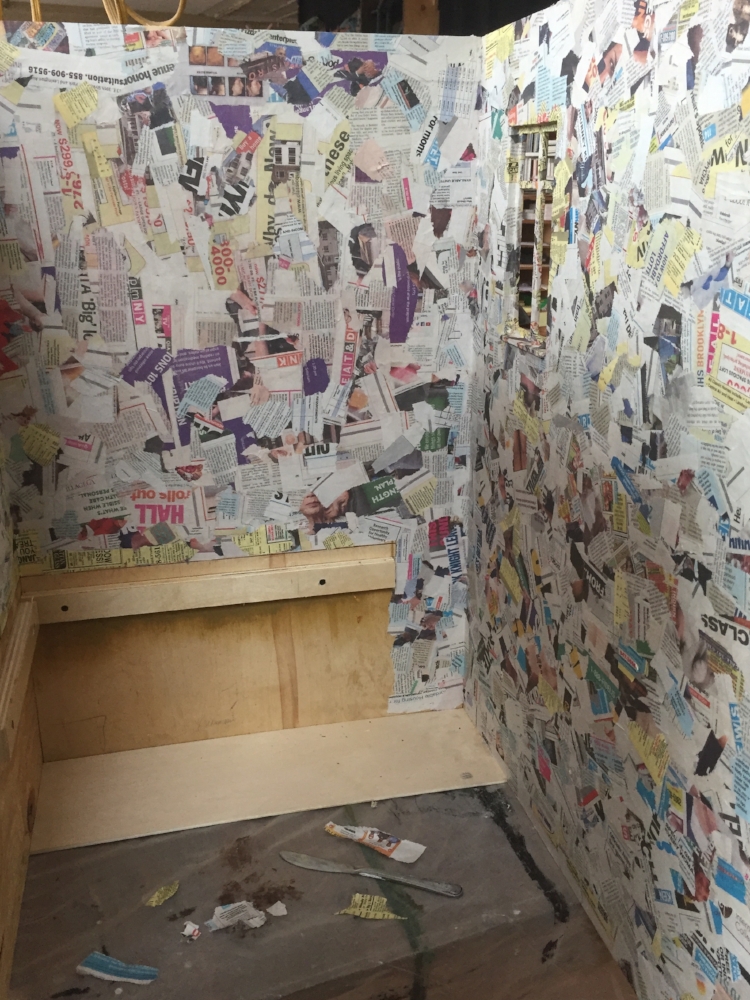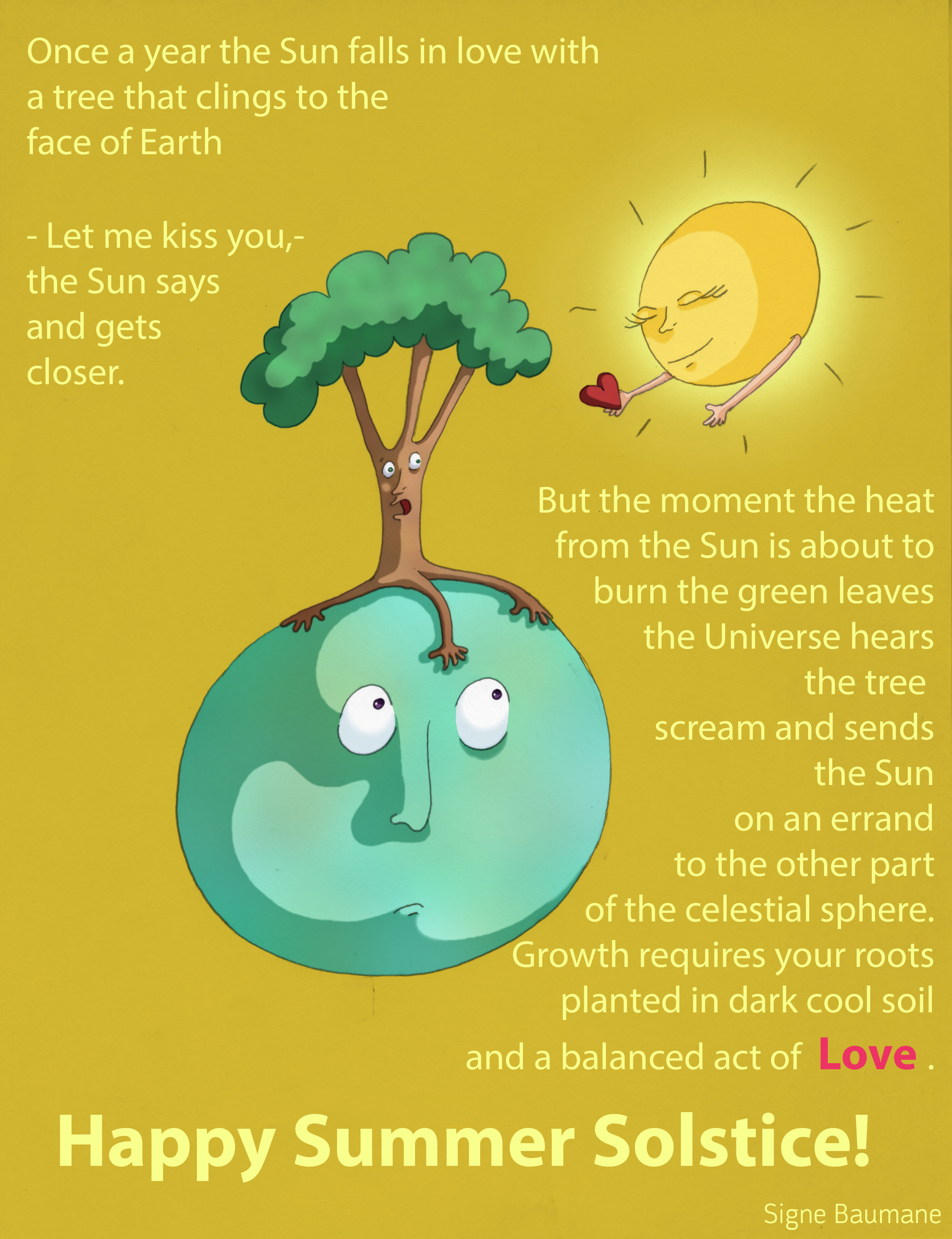I’ve been working with film festivals, in one form or another, for the better part of the last 25 years. They’re an integral part of the film distribution process, the final step on the journey of production, once you finish your beloved short film or feature it’s like a baby bird, and screening it at a film festival is the equivalent of pushing that bird out of the nest to see if it can figure out how to fly. Yep, that analogy works, because if you kick it out of the nest too soon, the film is like an egg and it will plummet to the ground and shatter on the earth below.
It’s September, so right now all eyes are on the Toronto International Film Festival, which over the last decade has become the breeding ground for all sorts of Oscar-nominated and Oscar-eligible movies. Last year’s TIFF line-up included “I, Tonya”, “Call Me By Your Name”, “Three Billboards Outside Ebbing, Missouri”, “The Disaster Artist”, “Darkest Hour”, “Film Stars Don’t Die in Liverpool”, “The Mountain Between Us”, “Stronger”, “Battle of the Sexes”, “The Breadwinner”, “Downsizing”, “The Florida Project”, “Hostiles”, “Lady Bird”, “Mother!”, “Molly’s Game”, “Roman J. Israel, Esq.”, “Faces Places, and “The Shape of Water”, among many others. These were just the ones that got a lot of traction during awards season. So if you want to get an advance peek at the Academy Awards nominations for 2018, or an idea about what’s going to be in your Netflix queue at this time next year, TIFF seems like it’s the place to be. So far, people are buzzing about Bradley Cooper’s “A Star Is Born” and Ryan Gosling in “First Man”, but I have a feeling those represent just the tip of the old iceberg.
While we’re in production on “My Love Affair With Marriage”, screening the film at a festival seems like it’s a long way off. But it’s not too early to start thinking about strategy. And I often hear filmmakers who are just starting out, all asking the same questions: “What film festivals should I enter?” “Which are the best ones?” “Which festival screenings will be the most important?” “Which festival screenings will increase the film’s chances for distribution?”
Unfortunately, there are no easy answers. Some filmmakers seem to adopt a “dartboard” sort of strategy, or they enter every film festival they can think of and hope for the best. But every festival has different rules, and sometimes you have to think about geography or the calendar in order to develop the best strategy for your film. Also, there are some specialized festivals for animation, or documentaries, or LGBTQ films, or countless other subjects. Is it better to narrow the focus and target one of these festivals, or take a broader approach and hope for the best?
Obviously, there’s a top tier of festivals, and that basically includes the Toronto International Film Festival, the Sundance Film Festival, the Berlin International Film Festival, the Cannes Film Festival, and the Venice International Film Festival. If you can get your film accepted into any of these, you’d be foolish not to follow through by screening it there. If you’ve got an animated film, then the Annecy International Animation Festival, Anima Mundi, Zagreb and the Hiroshima Animation Festival are probably in the top tier also. But they all have extensive rules to follow, forms to fill out, and a lot of metaphorical hoops to jump through.
Any of these top-tier festivals are so prestigious that they probably have rules regarding premiere status, meaning that they could choose to ONLY screen films that have never screened at another festival. So that means that a filmmaker has to pay attention to not only what month the festival takes place, but also what month their DEADLINE is. The Toronto festival takes place in September, but submissions open in February, and the deadline is in May. So if you’ve got your heart set on premiering at this festival, you’ve got to finish your film by late winter or in spring to have a serious shot at it. If your production drags into summer, then you’d have to either find another festival to premiere at, or wait 8 or 9 months until the next February. At that point it might be worth entering the Berlinale, with its October deadline, so you could be screening your film in February instead of just entering Toronto - that way if it doesn’t get into Berlin, you can still enter Toronto later.
One of the quirks of the rules is that the Sundance Film Festival only requires a U.S. premiere, not a world premiere, so your film could screen at one of those other big festivals outside the U.S. and still get screened in Park City. The last Sundance deadline is in September for their festival in January, so that’s another thing to factor into your calendar-based calculations. Signe and I worked together on the production of Bill Plympton’s film “I Married a Strange Person” and that film played in Toronto in September 1997, then it was in the Dramatic Competition in Sundance in January 1998. I remember driving up there with some of the crew (Bill, John Donnelly, Jen Senko) and staying at a cheap hotel, then meeting Trey Parker at a screening of his film “Orgazmo”. That was probably my first time at a big film festival, but Signe didn’t come along, because she was afraid that if she left the U.S. they wouldn’t let her back in. (You know they were very thorough at the Canadian border back then, with all the anti-Canadian sentiment in the late 1990’s - my, how things have changed…)
Then we went to Sundance twice - with “I Married a Strange Person” in 1998 and “Mutant Aliens” in 2001, then Slamdance for the U.S. premiere of “Hair High” in 2004. I remember that Bill Plympton had a habit of entering his films into both Sundance AND Slamdance, even though they take place in the same town at the same time. And of course, you can’t have a film in both of those festivals, but I think he figured if his film couldn’t get into one, then there was still a chance with the other. This is where things can get tricky, because one day the studio got a phone call from the Slamdance Festival, accepting his film - but they wanted to know RIGHT AWAY if we could confirm the film’s participation, and of course, Bill was out of town. In my mind I could just hear him saying, “But we haven’t heard back from Sundance yet…” even though Sundance had become tougher and tougher to get into, even over the course of just those five or six years. Slamdance was offering us the opening night slot, very prestigious, something that could generate a large amount of publicity, but this was a limited-time offer and time was running out. This decision couldn’t wait until Bill got back from his trip, so what could I do?
I decided to do something very unorthodox, I called up the Sundance Festival and spoke to a programmer. I knew that he couldn’t tell me whether Bill’s feature had been accepted, because doing that would be against the rules. But at this point in time I think someone had recently published an article which claimed that based on how many films get submitted to Sundance, and how few programmers they have to review the submissions, mathematically it was impossible for their programmers to even WATCH all of the tapes and DVDs they received. Thankfully, I didn’t mention this on the phone, I just explained that we had an offer on the table from Slamdance, and I knew Sundance wouldn’t tell me if the film was accepted for another week, but MAYBE he could give me an idea what our chances were. When the programmer heard that the Slamdance Festival was offering us the opening night event, he bluntly said, “You should take that offer.” OK, message received. Thanks for the hint. Bill came back in a few days and I was able to justify accepting Slamdance’s offer on his behalf.
In the animation world, as I mentioned, we have the Annecy Festival and the Ottawa Animation Festival. Annecy takes place in France in June, and doesn’t require features to be a world premiere, just a French premiere. (So even after screening “I Married a Strange Person” in Toronto and Sundance, we could still screen it at Annecy.) But their entry deadline is usually in March, so that’s something to consider when you’re close to finishing your animated masterpiece. It’s all about timing. The Ottawa Festival takes place in late September, with an entry deadline in May, so you can factor those dates into the mix as well.
But then you could set up another one of those Sundance/Slamdance situations, especially if you also want to enter the Toronto Festival, since you might not be able to screen your film in both Canadian festivals. And you don’t want to risk screening at NEITHER of them, which could happen if you take too long to accept the offer from one festival because you’re waiting to hear from the other. In that way, screening at festivals is a bit like dating, you can’t keep one potential mate on hold while you wait to hear from another one, that just isn’t fair. It’s better to move forward with one partner (or Canadian festival) even if you think the other one is smarter, prettier, funnier (or has more festival guests) because if you keep holding out too long for the perfect match, you could find yourself alone (or with no screening at all).
Signe told me that “Rocks in My Pockets” was completed in 2013, but the film didn’t get in to the Toronto Festival. Her next best option was the Karlovy Vary International Film Festival in the Czech Republic. You may not have heard of this festival, but it is very well regarded in Europe - so she waited for nine months for this festival’s call for entries to come around again, and “Rocks” premiered at Karlovy Vary in June, 2014. But the film won the International Film Critics Award (FIPRESCI) when it screened there, so that long wait turned out to be a very smart decision in the end. Then the film screened at the ANIMATOR festival in Poland just a week later, and festivals in Switzerland and Greece just two months later, and this started a solid festival run of TWO YEARS that took it all around the world.
So sometimes even when a film is finished, it makes sense to wait for the right festival for the premiere screenings. That’s right, plural, because even though your film can have only one “World Premiere”, it can also have a European premiere, a North American premiere, a U.S. premiere (not to mention an Australian premiere, South American premiere, and so on…) Pretty much any time you can work the word “premiere” into your press release, it’s a good idea to do so. But by the time you find yourself promoting the “Central New Jersey premiere” it might be time to take a long hard look at what you’re celebrating. Still, that’s a nice problem to have.
Right now it looks like “My Love Affair With Marriage” could be completed some time in the year 2020. But the key question then becomes: during which month? Which film festival will it make the most sense to enter first? Believe me, it’s not too early to start thinking about this. Right now Signe has completed the animation for two segments of the film that could be released as individual shorts, which would then also function as sort of “teasers” for the entire feature. Would it make some sense to screen either of these in festivals, to try to get some advance attention or publicity for the feature? It’s one possible strategy. These shorts represent two of the songs in the film, and they’re called “Mother’s Song” and “Virginity Song”.
It’s still very early in the production process of “My Love Affair With Marriage”, but we are trying to keep good relationships with film festivals when they ask to screen some of Signe’s earlier films, because in just a couple of years, we’ll be filling out entry forms for this new feature and we hope that there will be some awareness and recognition, which could lead to acceptances. It’s impossible to predict what might happen, when or where the new film will screen, but I do like our chances.






















